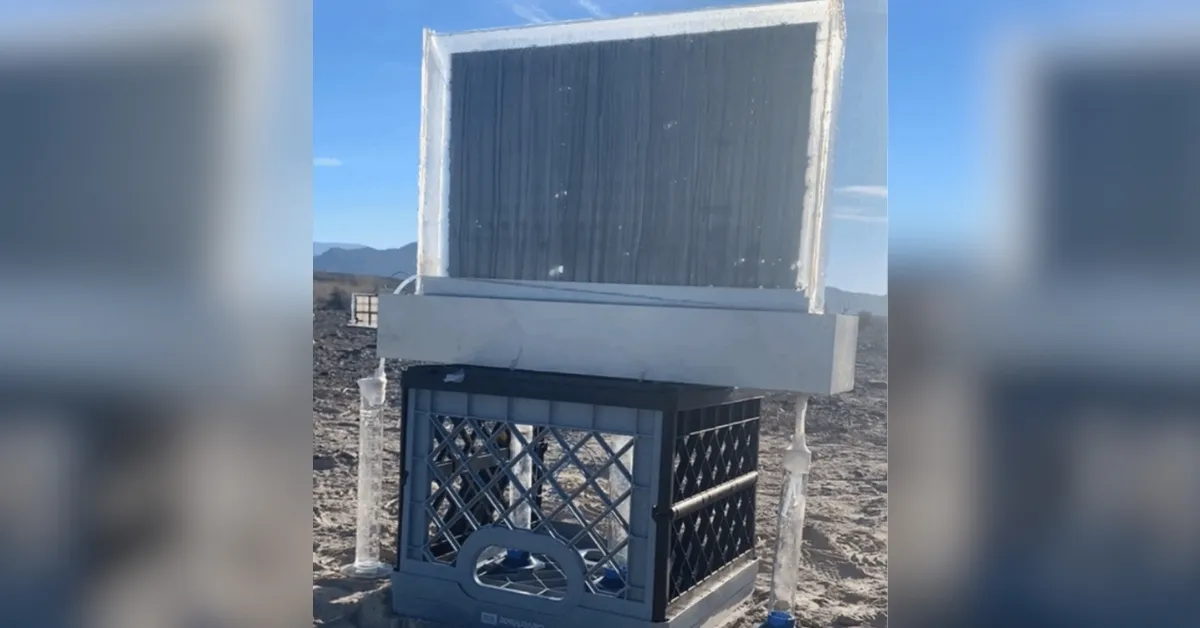
In a groundbreaking development, MIT researchers have introduced a pioneering “window-sized” device capable of extracting drinking water directly from the atmosphere, even in harsh and arid desert environments. This invention addresses a critical global issue: billions of people around the world lack access to safe drinking water. In the United States alone, approximately 46 million individuals are consuming unsafe water or receiving contaminated water from their taps. MIT aims to tackle this pressing challenge with their innovative solution.
The innovative device, known as a passive atmospheric water harvester, features a sleek design reminiscent of black bubble wrap. Although it is currently in the prototype stage, this device operates silently and autonomously, making it an ideal solution for water-scarce regions. The team successfully tested the harvester in Death Valley, where it managed to extract up to 160 milliliters of clean water daily from the ambient air, demonstrating its potential effectiveness in extreme conditions.
The heart of this remarkable technology lies in a specially designed hydrogel infused with a compound called glycerol. This compound plays a crucial role by preventing salt from leaching into the extracted water. The hydrogel, which resembles the aforementioned black bubble wrap, is engineered in a dome-like shape that maximizes surface area for water vapor absorption during nighttime. During the day, the device efficiently releases the absorbed water, showcasing its ability to function across a wide range of humidity levels—from the parched conditions of deserts to the cloying dampness of humid environments.
MIT researchers are optimistic about the potential for scaling this technology. The vertical design of the atmospheric water harvester allows it to occupy minimal space, making it feasible to stack multiple panels together. This could lead to the creation of off-grid drinking water systems, particularly beneficial for rural communities, areas affected by climate disasters, or regions where water sources are not easily accessible. The vision for these systems includes providing clean drinking water in places that have long struggled with water scarcity.
The development of this passive atmospheric water harvester by MIT represents a significant step forward in the quest for sustainable and accessible drinking water solutions. By harnessing the power of atmospheric moisture, this innovative device has the potential to transform the lives of millions who currently lack access to safe drinking water. As research and development continue, the hope is that this technology will pave the way for a future where clean water is available to all, regardless of geographic or environmental challenges.